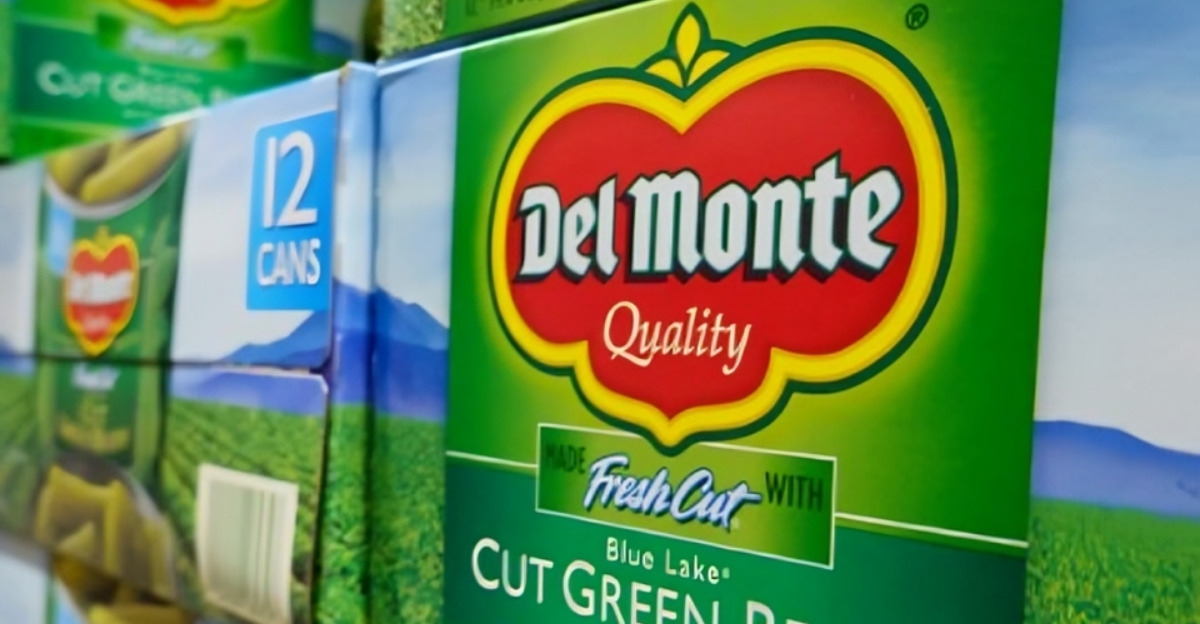
Del Monte. You’ve seen the label your whole life. In your pantry. Your grandma’s pantry. Probably on a can of peaches you never opened. And now… is it over? After 139 years, the iconic grocery brand has filed for bankruptcy, leaving behind a question mark the size of California’s tomato fields. People are stunned. How did this happen? How does a company survive world wars, recessions, and global supply chain meltdowns, only to collapse now? Something cracked. And no, it wasn’t just the can opener this time.
The Legacy of Del Monte: 139 Years of History

It started in 1886. California sunshine, fertile soil, and a dream to put fruit in every American home. Del Monte sold more than food. It sold trust. Familiar green labels lined grocery shelves coast to coast. Pineapples, peaches, peas… the classics. The brand became a fixture in lunchboxes, Thanksgiving tables, kitchens and even bomb shelter stockpiles. For generations, Del Monte meant comfort and consistency. You didn’t question it. It was just there, reliable as sunrise. But time plays rough. The same name that once screamed American pantry staple slowly became… well, background noise. Nostalgia doesn’t always pay the bills. Not in this economy.
What Led to Bankruptcy? Key Factors Explained

This wasn’t one bad quarter. It was death by a thousand tiny bites. Tastes changed. Fast. Canned fruit lost its shine to fresh aisles and trendy farmer’s markets. Millennials weren’t reaching for creamed corn anymore. Factor in rising operational costs, outdated infrastructure, changing times and a mountain of debt quietly snowballing in the background, and the fall was inevitable.
Del Monte tried to adapt. New logos. Healthier branding. Even some plant-based PR. But it was too slow. Too late. Retailers gave less shelf space. Investors got restless. Consequently, the cracks widened. And when the money stopped flowing, the brand so many grew up with finally ran out of road.
The Pandemic’s Double-Edged Sword

At first, it looked like a lifeline. Empty shelves in 2020 meant canned goods were hot again. People panic-bought peaches like they were gold. Del Monte saw a sales bump and probably exhaled. But the honeymoon didn’t last. As the world reopened, that sudden demand fizzled. What followed was brutal. Labor shortages. Sky-high freight costs. Raw material delays. And all those extra cans? They piled up.
The short-term boom masked deeper problems. Unfortunately, the pandemic didn’t save Del Monte. At best, it just applied a band-aid to a bleeding wound. And when it resumed, it came back faster, meaner, and far more expensive to fix.
Shifting Consumer Habits: The Rise of Fresh and Healthy
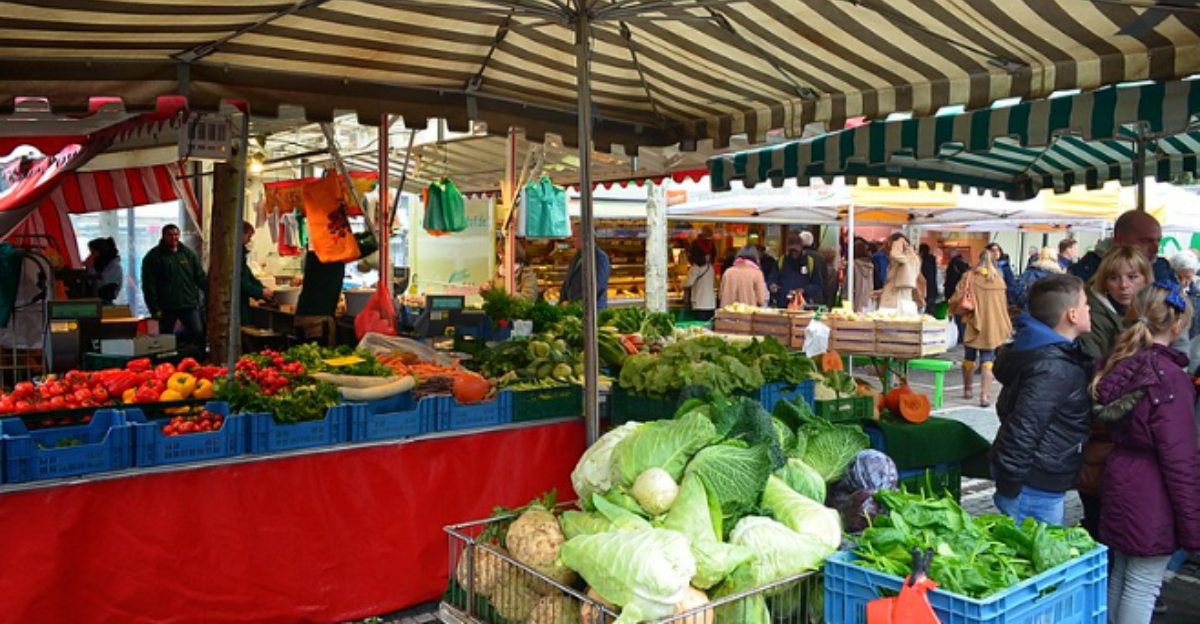
Once upon a time, canned fruit felt fancy. Now? It’s a backup plan. Shoppers want fresh and organic fruits these days. Words that don’t usually sit next to shelf-stable peaches in syrup. Del Monte tried to keep up but couldn’t outrun the narrative.
The younger crowd saw cans as relics. Too much sugar. Too much sodium. Not enough kale. Meanwhile, niche brands popped up with sleek labels and “clean” ingredients. Stores gave them the spotlight. Del Monte got the bottom shelf. People kinda just outgrew the brand, not that they hated it. And no one warned Del Monte the world had moved on.
The Financial Picture

Behind that familiar green label was a financial mess nobody wanted to talk about. Del Monte had been drowning in costs for years. Prices climbed and the company just kept borrowing like the next big fix was around the corner. It wasn’t.
Then they tried patching things up. They updated a few plants, shuffled some debt, but it was like taping together a cracked pipe during a flood. While competitors moved on and grabbed trends, Del Monte hesitated. And the bills didn’t stop coming. Eve/imry quarter got tighter. Every option ran thinner. You can only coast on brand loyalty for so long before the bank says no.
What Happens to Del Monte Now
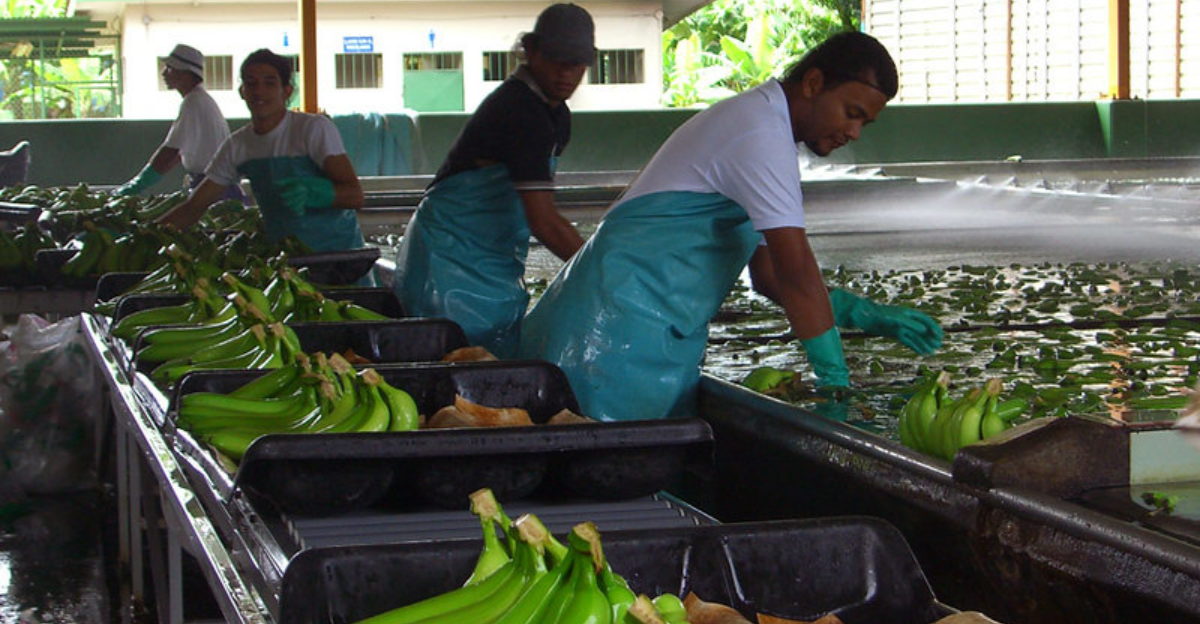
Bankruptcy doesn’t mean lights out, but it does mean everything’s up for grabs. The company is restructuring, selling off assets, and trying to keep the core brand breathing. Factories might close. Jobs will be lost. Some product lines could disappear entirely.
Private equity firms, like sharks, are already circling, sniffing around for anything salvageable. Maybe the name survives under new ownership. Maybe it gets chopped up and scattered across the industry. Most of the employees are in limbo wondering what next. Although Del Monte isn’t gone… yet. But it’s no longer calling the shots. Now the court filings decide what stays, what goes, and what dies.
Industry Impact
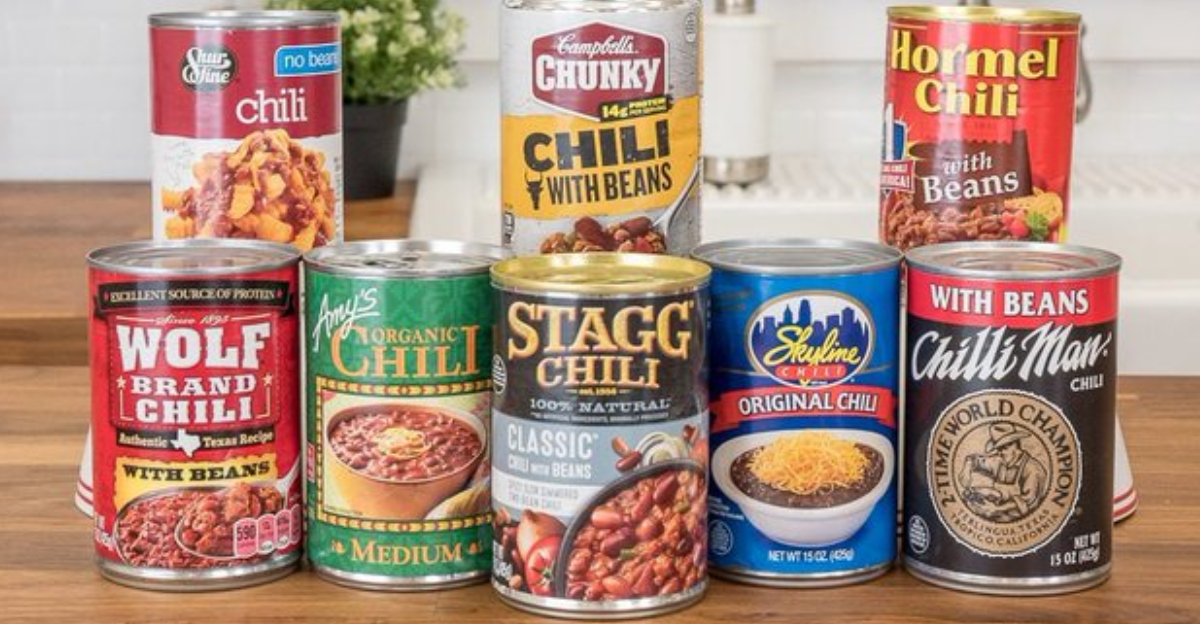
Del Monte’s downfall isn’t just a cautionary tale. It’s a wake-up call. If a 139-year-old brand can fall this hard, nobody’s safe.
Legacy companies are learning the hard way: comfort food doesn’t guarantee comfort margins. Consumer loyalty is fragile. Shelf space is brutal. And once you lose relevance, you don’t get a second chance.
On the other hand, competitors are watching closely. Some are quietly celebrating. Others are panicking. Who’s next? Campbell’s? Hormel? Every CPG exec just circled “innovation” and “adapt or die” on their next slide deck. Del Monte’s collapse didn’t just shake shelves, it shook boardrooms. And no one wants to be next.
Consumer Reactions and Brand Loyalty
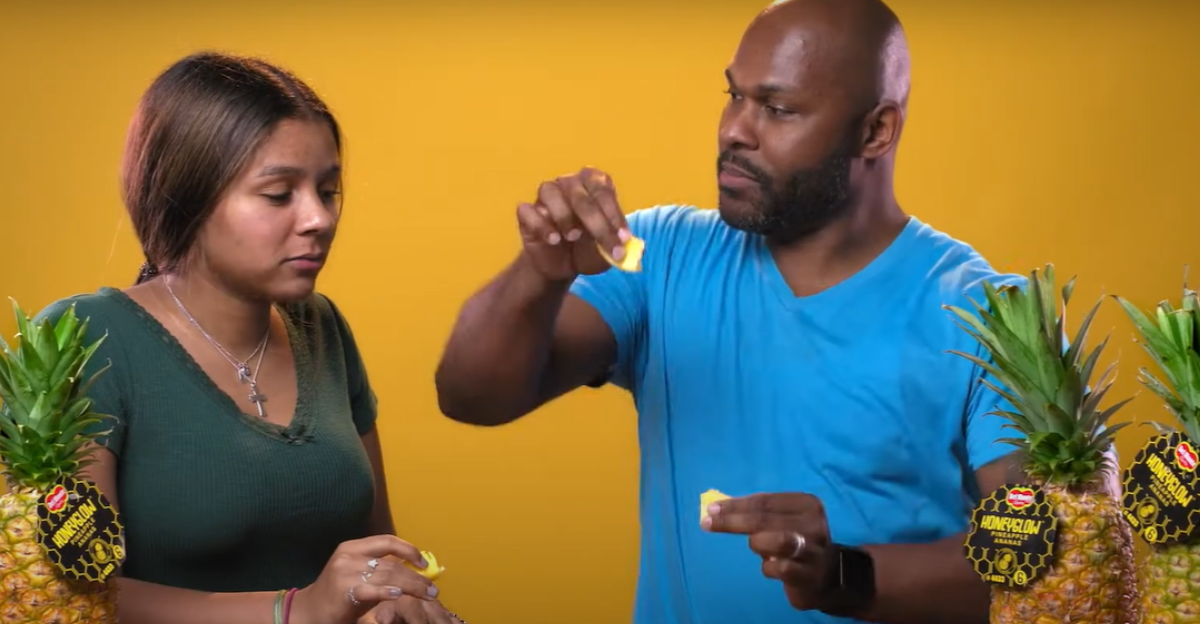
People are weirdly emotional about canned fruit. Social media lit up with memories… people posting grandma’s cobbler, school lunches, those little green beans no one really liked but always showed up at Thanksgiving.
For many, Del Monte wasn’t just food. It was family. A constant in a world that won’t stop changing. Some blamed the company, others panicked and stocked up. Because who knows how long those peaches will still be there? Loyalty like this is rare. But even nostalgia has a shelf life. And now, shoppers are asking the hardest question of all… what do we buy instead?
Conclusion
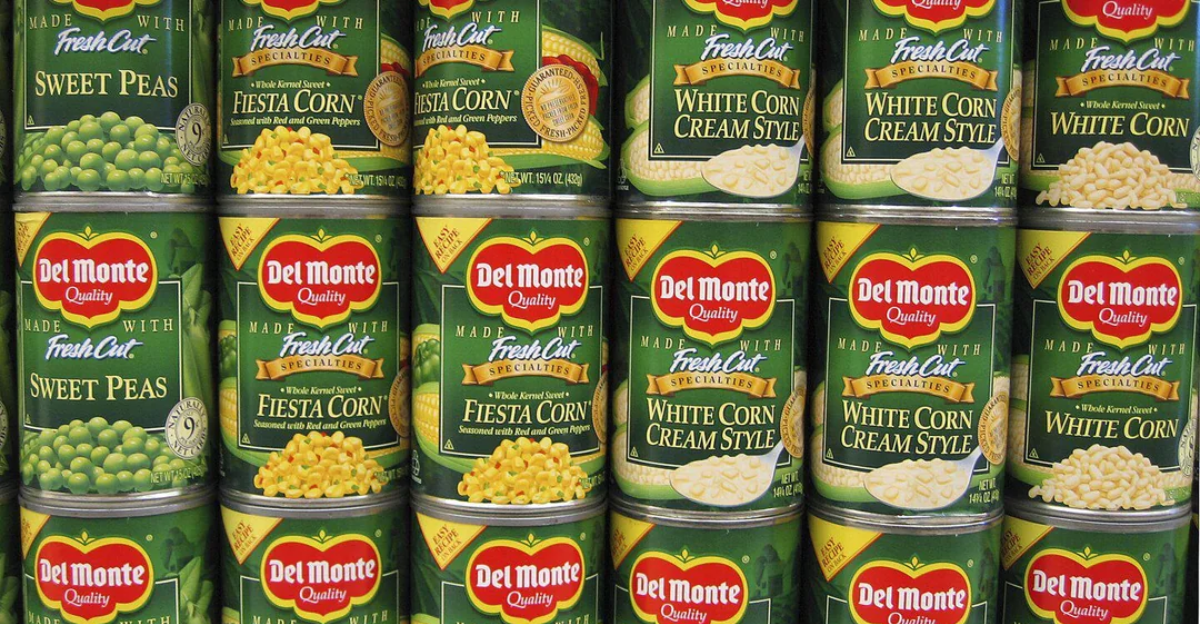
Del Monte’s fall feels like more than a business story. It’s personal. It’s one of those names you assumed would always be there. And maybe it still will be, just wearing a different suit, owned by someone with spreadsheets and no soul. Or maybe this really is the end. Either way, something changed. A brand that outlived empires couldn’t outlive modern tastes. There’s a strange silence now where familiarity used to be. The cans are still on shelves for now. But the legacy? That’s hanging by a very thin syrup-soaked thread.